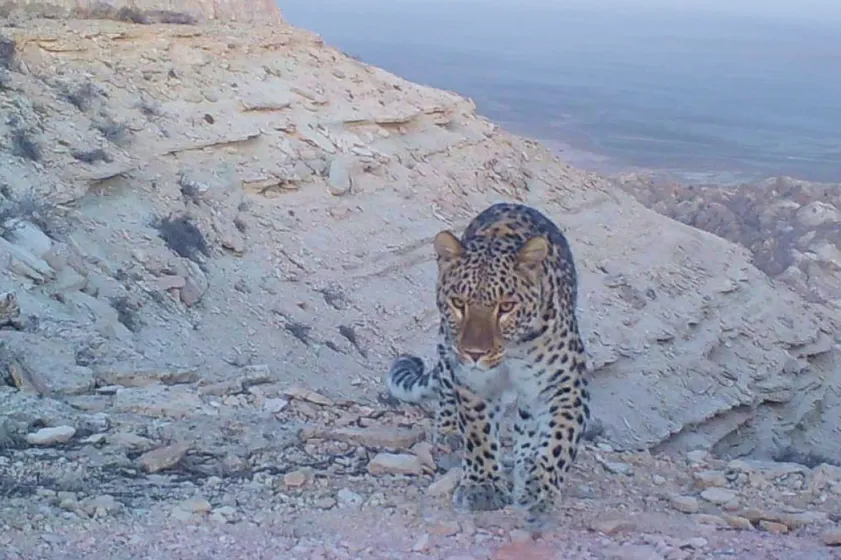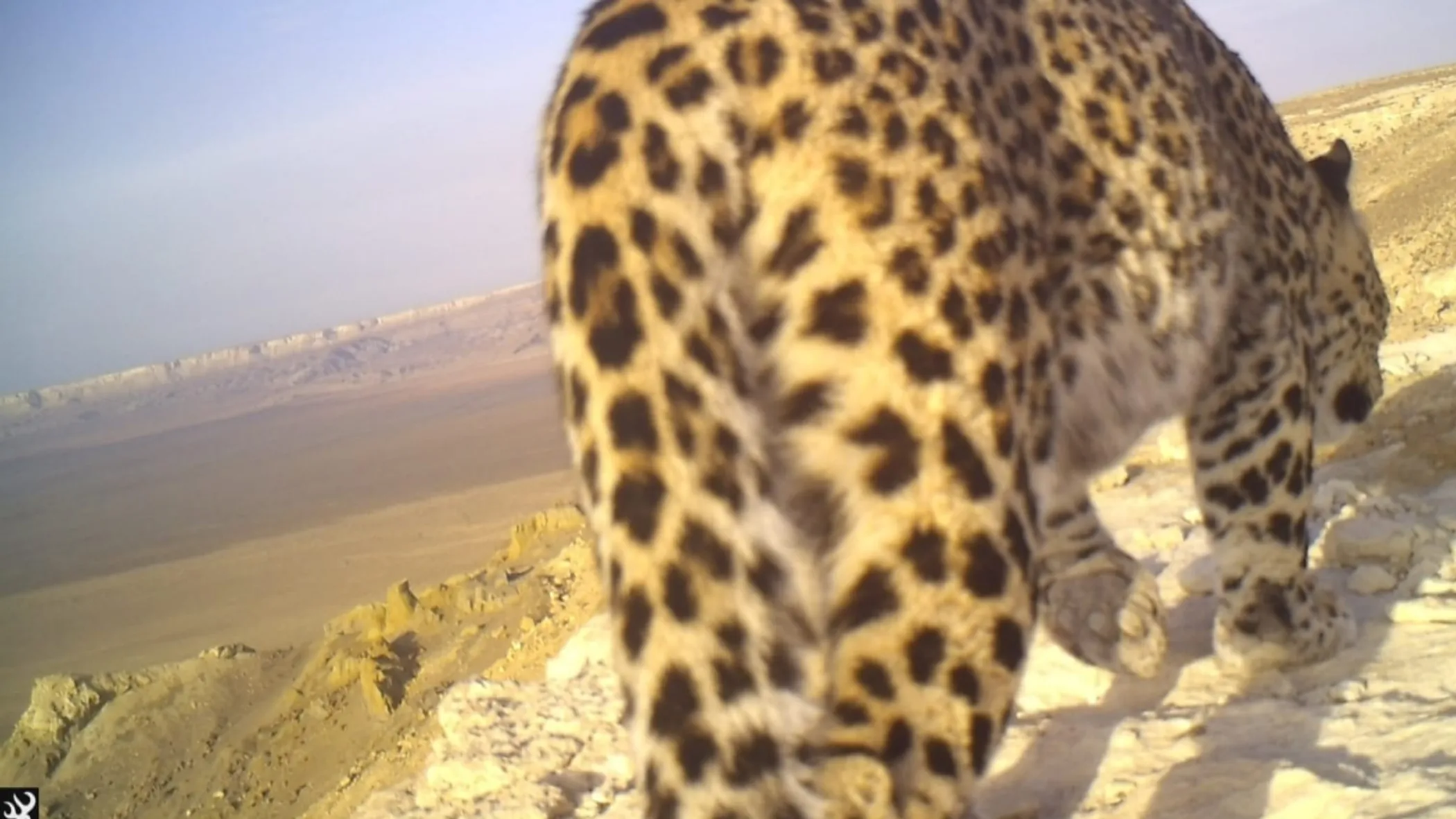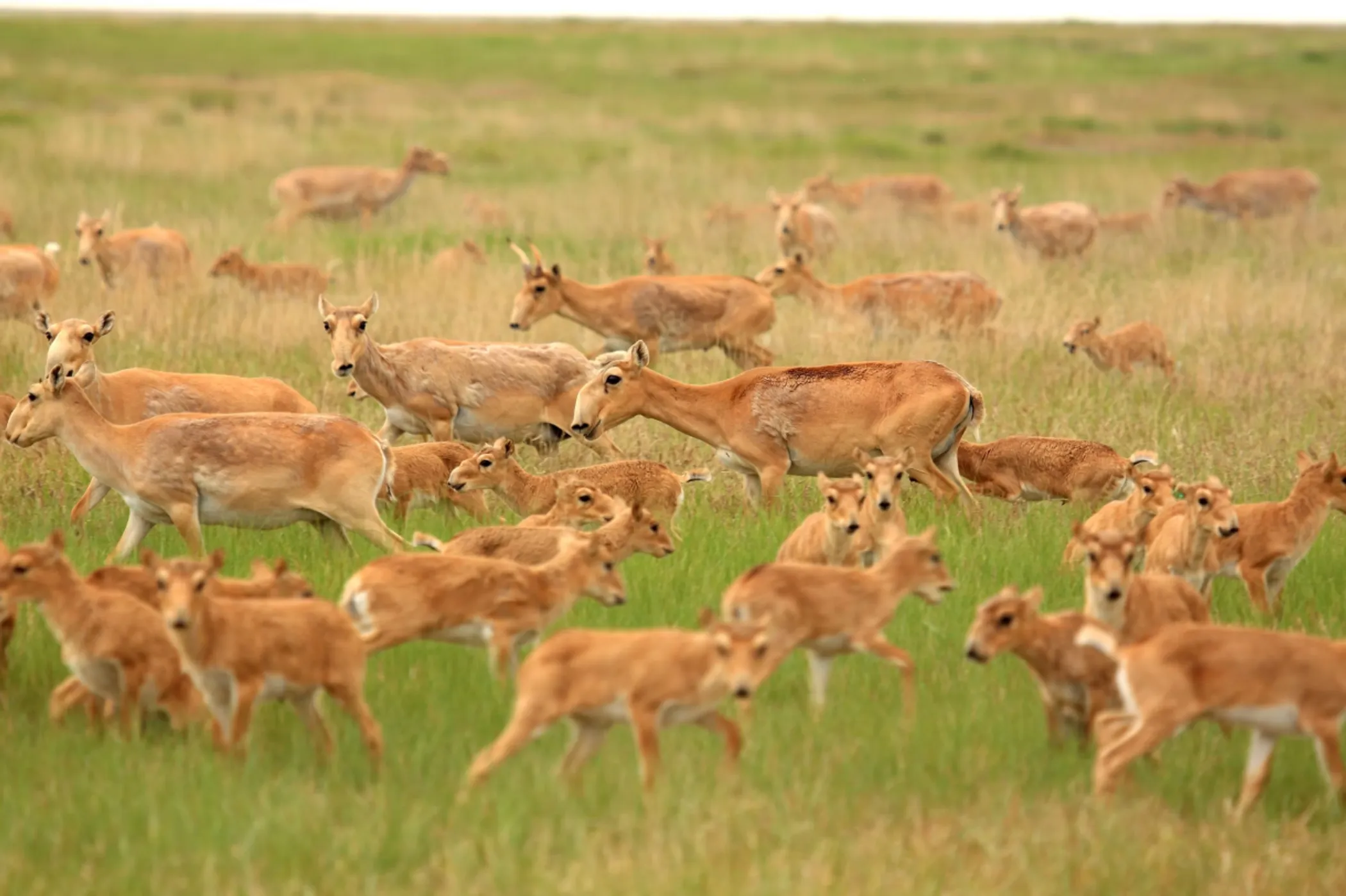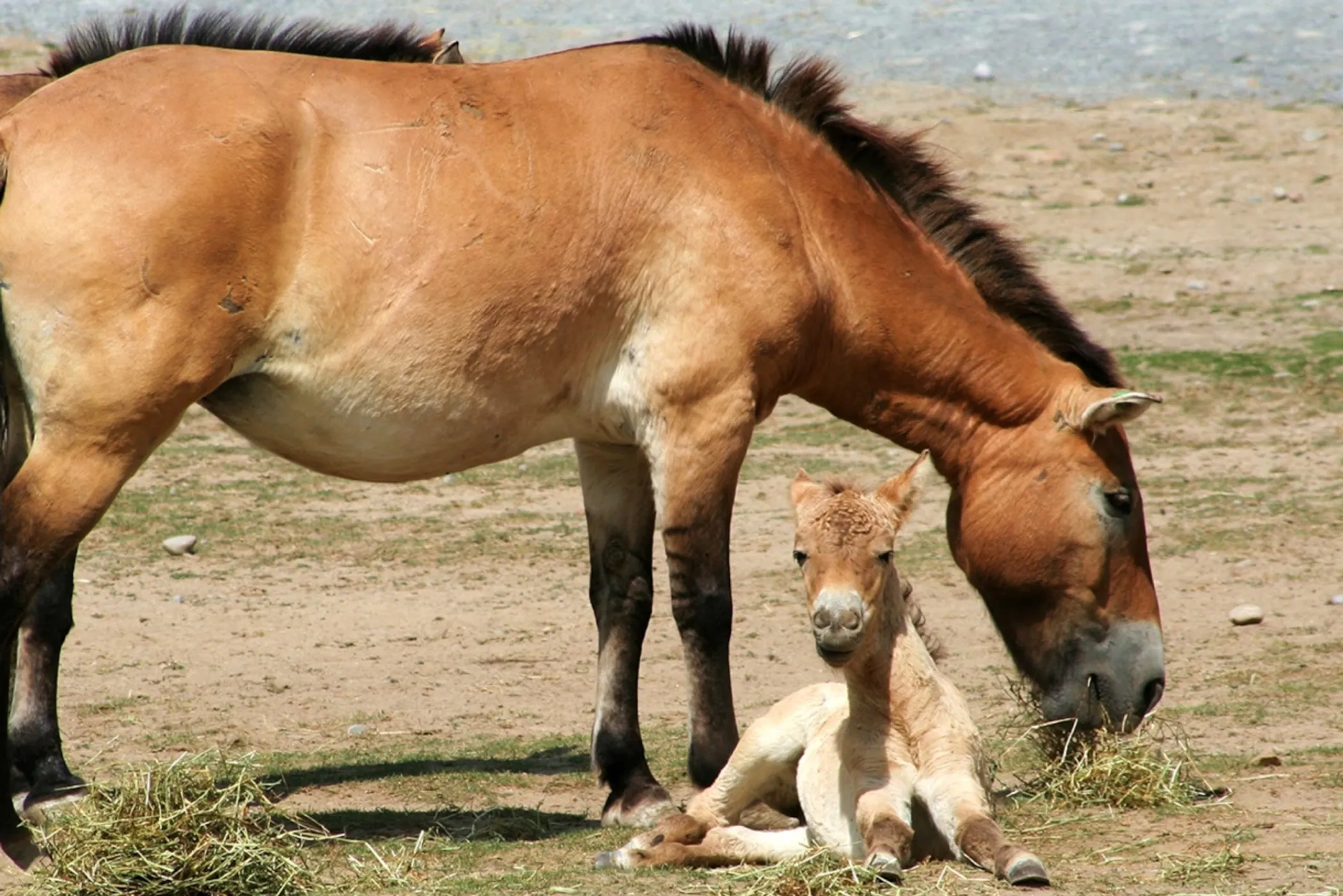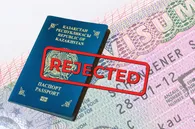Multiple recent sightings of the rare and endangered Persian leopard in the Mangystau region confirm the reintroduction of the species population back to Kazakhstan's ecosystem, QazMonitor reports.
The department of natural resources and environmental management of the Mangystau region has reported that there have been several sightings of at least one animal living near the Ustyurt Nature Reserve over the years. Given the lack of information about the leopard's presence in Kazakhstan and the species not being listed among the country's fauna, this news has generated significant interest in the local media.
In 2018, trail cameras captured a young male leopard, later named Tau Sheri. Unfortunately, in 2021, the remains of Tau Sheri were discovered, confirming his death due to unknown causes. However, confirmed presence of leopards in the region allowed experts to compile necessary biological justification for including the Persian leopard in the Red Book of Kazakhstan, which was subsequently ratified by the government in 2021.
The death of the only known specimen did not mark the end of leopard conservation efforts in Kazakhstan. In the summer of 2022 and April 2023, reliable confirmations of leopard sightings were received by staff at the Kyzylsay Nature Park. In light of these events, an international transboundary project focusing on the study and conservation of big cats was launched in Kazakhstan in May 2023. The Biodiversity Research and Conservation Center has been selected as the project's operator on the Kazakh side
Furthermore, additional conservation initiatives are underway, including the establishment of a new cluster on the southern edges of the Ustyurt Nature Reserve, near the border junction of Kazakhstan, Uzbekistan, and Turkmenistan. It is anticipated that the border service of Kazakhstan will assure the migration of the leopard population across the state border, ensuring their continued conservation and population growth.
